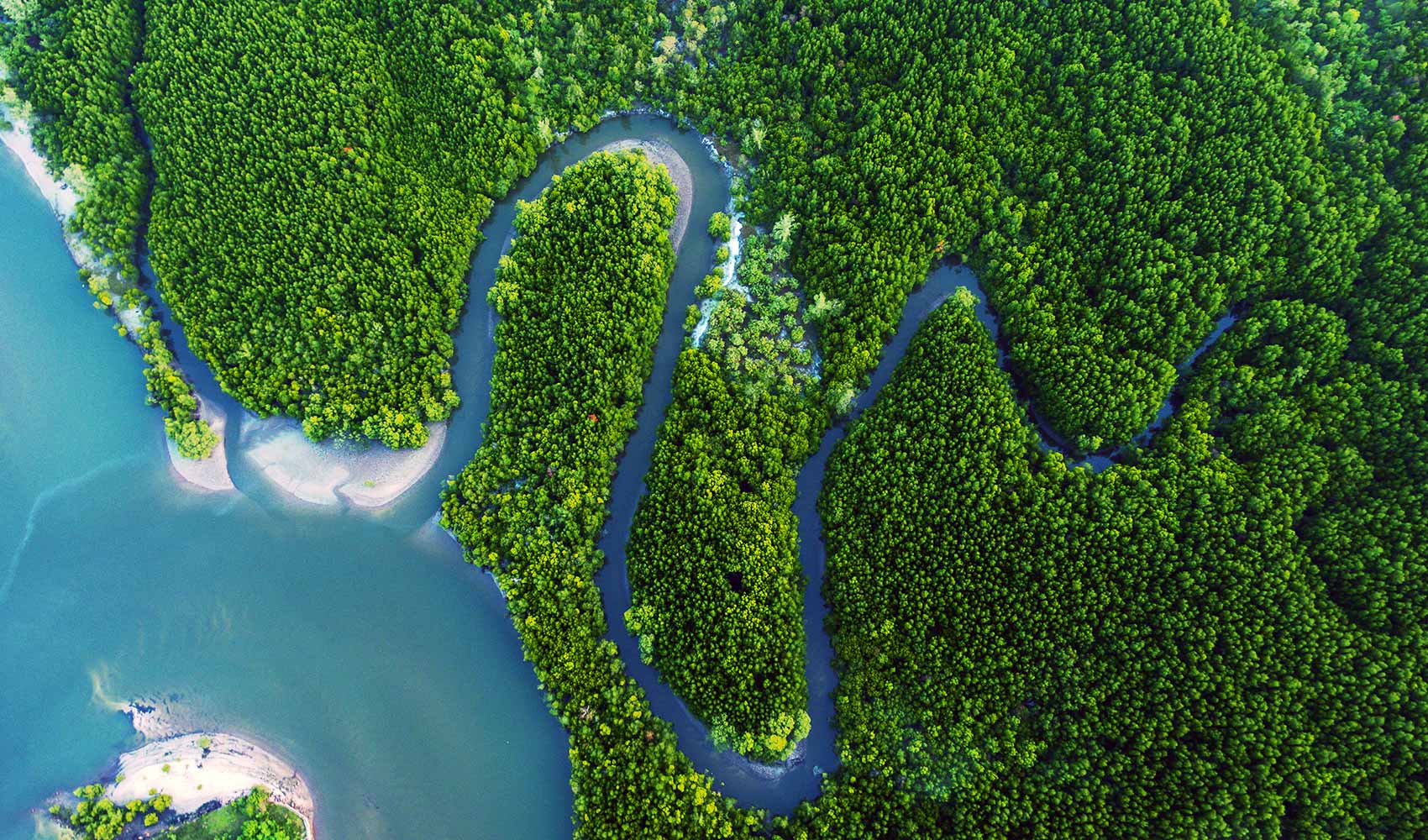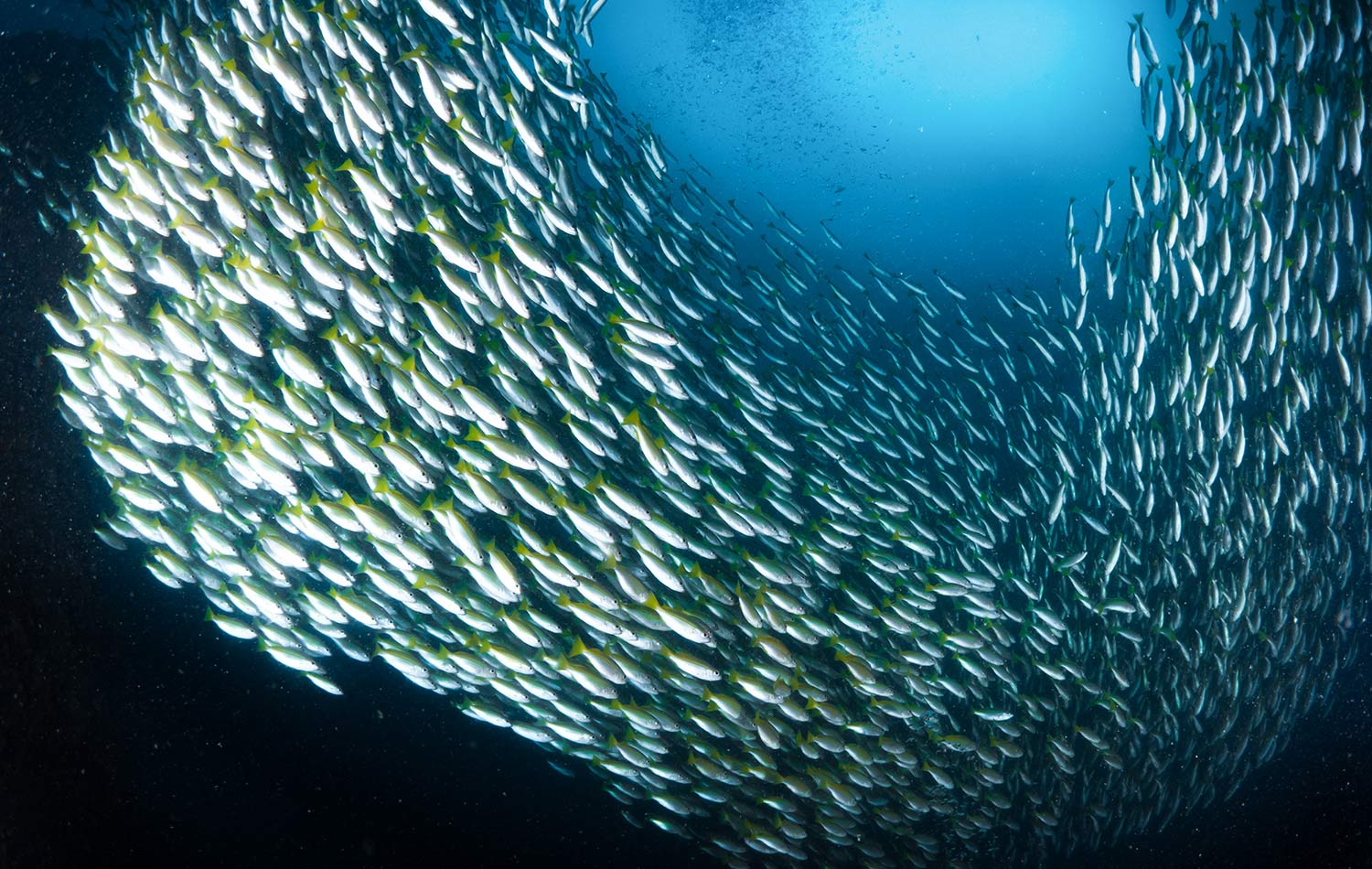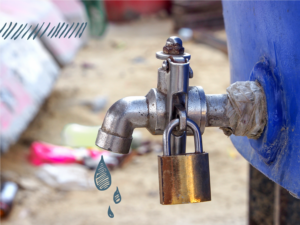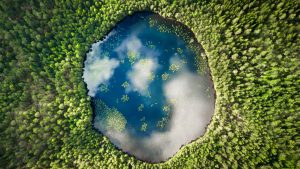Big win for the ocean – UN High Seas Treaty finally agreed
“Ocean health is essential for a functioning planet and resilient societies. The oceans produce oxygen, regulate the global climate, provide critical habitat for marine life, and support billions of people with food and jobs. We reap countless benefits from a healthy ocean, many of which we are still to discover, such as novel medical treatments. A healthy ocean sustains all life on earth and is critical in tackling climate change, as biodiverse waters sequester and store immense volumes of carbon.”
The new treaty will provide a legal framework that places 30 percent of international waters into marine-protected areas (MPAs) by 2030. All activities that go on within them will be subject to environmental impact assessments, and member states will be held accountable for their actions.
The treaty focuses on four main areas: area-based management tools, environmental impact assessments, marine genetic resources, and the transfer of marine technology and building of capacity. Indeed, the treaty obliges developed states to openly share knowledge and technologies related to the high seas, which it is hoped will enable developing nations to be able to participate more in their conservation.
Many challenges still lie ahead, however; the treaty still needs to be ratified and even then it can only enter ‘into force’ once enough countries have adopted it and legally passed it into their own constitutions. And a number of questions remain over implementation, such as how the marine protected areas will be established and what level of protection they will have.
S2S Platform partners have been actively involved in reaching this landmark agreement, providing scientific and legal advice to the negotiators. They are now calling for the adoption and ratification processes to be fast-tracked to bring the treaty into force as soon as possible.
Despite the huge work that still lies ahead, the agreement is a significant breakthrough that will hopefully pave the way for more robust environmental protection. “This action is a victory for multilateralism and for global efforts to counter the destructive trends facing ocean health, now and for generations to come,” said UN Secretary-General António Guterres.
Learn more about the Action Platform for Source to Sea Management
Source-to-Sea Platform










